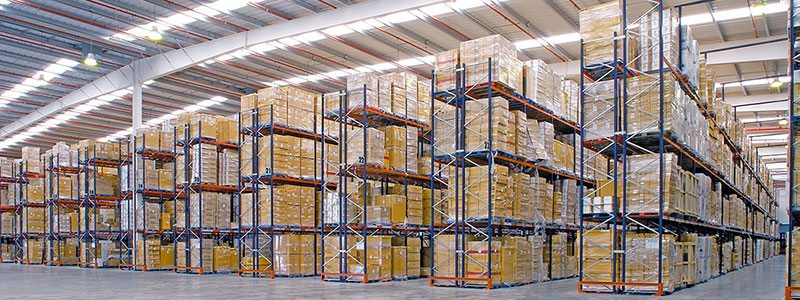
Warehouse space is always at a premium. There never seems to be enough room for everything you need to store, pallets are difficult to load or unload, especially when they are odd sizes, and the flow through the facility is start and stop. This happens to every warehouse and warehouse manager at some point, and maybe it has happened to you more than once.
When it becomes a continual problem, it is time to evaluate your storage system. Every warehouse has a theoretical storage capacity, that is, the physical capacity of the space that is designated for storage. If you are set up to store 2000 pallets, that is your theoretical storage capacity.
Room
But there are many reasons that you cannot actually use all 2000 spaces. There may be inventory characteristics, such as odd size or shape of pallets, that could impact your ability to use certain spaces. Storage requirements can also affect your ability to use that space. Items may not to flow in and out of areas faster than others or may require longer term storage. The amount of space you can actually use is your working capacity.
Optimally, you want to be able to use 90% or more of your theoretical capacity. When your working capacity is only 60-70%, it is time to take a look at your storage configuration. There are many different types of shelving that can improve that percentage, as well as increase productivity, safety, and worker comfort.
Difficult to Load or Store
One type of shelving may not be adequate for your warehouse. For longer term storage items, selective pallet racks may be suitable. For odd size and shape items, incorporating cantilever racks will help you make the most of your space, allowing stacking instead of taking up footprint area. They also work outdoors.
Push back racks make items easier to store and pick when they are needed. These work with First In First Out (FIFO) and Last In First Out (LIFO) inventory systems.
Flow
Moving to pallet flow racks versus selective pallet racks can increase productivity, making it easier to load and unload pallets in the racks themselves. Strategic placement of those racks can improve the flow of equipment and people throughout the warehouse, providing a safer working environment. Material handling equipment can operate in adequate space with an established traffic pattern that best suits picking, loading and unloading activities.
You can also improve flow by adding conveyors in through select parts of the warehouse. Conveyors move product to people, instead of people moving to the product, to pick it or load it. This saves time and requires less physical labor.
The key to making the most of your warehouse space is placing the right shelving in the right areas. Our experts can help with that. You know your shelving works when you are making the most of your room, regardless of difficult to store or load items, and product and people flow smoothly through your processes and facility.


.png)

